Home>Furniture>Living Room Furniture>How To Keep Couch Cushions From Slipping
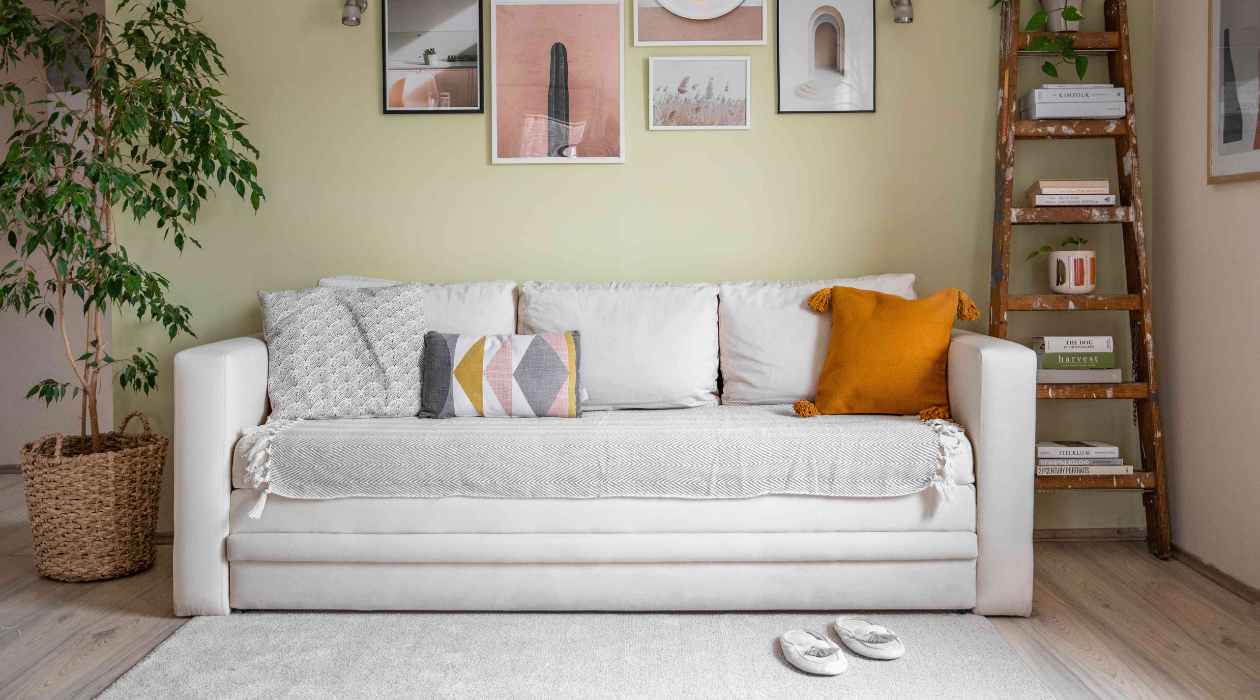

Living Room Furniture
How To Keep Couch Cushions From Slipping
Modified: March 16, 2024
Prevent your living room furniture from sliding with these simple tips on how to keep couch cushions from slipping. Say goodbye to constant readjustments!
(Many of the links in this article redirect to a specific reviewed product. Your purchase of these products through affiliate links helps to generate commission for Storables.com, at no extra cost. Learn more)
Introduction
Have you ever experienced the frustration of sitting down on your couch, only to have the cushions slip and slide beneath you? It can quickly turn a relaxing evening into a constant battle of readjustment. But fear not, there are practical solutions to keep your couch cushions in place and maintain a comfortable seating experience.
When it comes to living room furniture, the couch is often considered the centerpiece of the space. It”s where you, your family, and your guests gather to relax, watch movies, and unwind. As such, it”s important to ensure that your couch is not only aesthetically pleasing but also functional.
Preventing couch cushions from slipping not only enhances the overall comfort of the furniture, but it also helps maintain a clean and organized appearance in your living room. Imagine the annoyance of constantly having to adjust cushions that have shifted out of place. It can disrupt the flow of your day and detract from the enjoyment of your living space.
Fortunately, there are several effective methods available that can keep your couch cushions firmly in place. From simple do-it-yourself options to specialized products, you can choose the technique that best suits your needs and preferences.
In this article, we will explore various methods to prevent couch cushions from slipping. We’ll discuss the pros and cons of each method, helping you make an informed decision on how to keep your couch cushions securely in place. So, let’s dive in and find the solution that will make your couch the cozy, slip-free haven you deserve.
Key Takeaways:
- Preventing couch cushion slippage is crucial for comfort, safety, and aesthetics. Methods like non-slip gripper pads and Velcro strips offer practical and adjustable solutions to keep cushions securely in place.
- Choose the best method to prevent couch cushion slippage based on durability, adjustability, and compatibility with your upholstery. Regular maintenance ensures a stable and visually pleasing seating experience.
Read more: How To Keep A Ladder From Slipping
Importance of Preventing Couch Cushions from Slipping
Ensuring that your couch cushions are secured in place may seem like a minor detail, but it can have a significant impact on your overall seating experience and the longevity of your furniture. Here are a few reasons why preventing couch cushions from slipping is important:
- Enhanced Comfort: A properly positioned cushion provides optimal support and comfort when sitting or lounging on the couch. When cushions slip, they can create uneven seating surfaces, causing discomfort and potential back pain. By keeping the cushions in place, you can enjoy a comfortable and ergonomic seating arrangement.
- Safety: Slipping couch cushions can pose a safety hazard, especially if you have young children or elderly family members at home. Unsecured cushions can shift unexpectedly and potentially cause a person to lose balance or fall. Keeping the cushions in place will help create a safer environment by reducing the risk of accidents.
- Maintain Aesthetics: A well-arranged couch with perfectly aligned cushions exudes a sense of organization and style. When cushions continuously slip and become disarrayed, it can make your living room look messy and unkempt. Preventing slipping cushions will help maintain the visual appeal of your furniture and create a more inviting atmosphere for you and your guests.
- Preserve Cushion Lifespan: Couch cushions endure regular usage, and their longevity can be compromised when they constantly slip and slide. Excessive movement can lead to fabric wear and tear, filling displacement, and overall degradation of the cushion”s integrity. By keeping cushions secure, you can extend their lifespan and reduce the need for frequent replacements.
Considering the importance of preventing couch cushions from slipping, it’s clear that taking proactive measures to secure them is essential. Fortunately, there are several effective methods available that can help keep your cushions firmly in place, ensuring maximum comfort, safety, and aesthetic appeal.
Methods to Keep Couch Cushions in Place
Now that we understand the importance of preventing couch cushions from slipping, let’s explore some practical methods to keep them securely in place:
-
Use Non-Slip Gripper Pads
Non-slip gripper pads are adhesive mats that provide friction and grip to prevent cushions from sliding. These pads can be easily trimmed to fit the size and shape of your cushions and are typically placed between the cushion and the couch frame. The textured surface of the gripper pad creates a secure grip, keeping the cushions in place.
-
Velcro Strips
Velcro strips offer a versatile solution for securing couch cushions. Attach one side of the Velcro to the cushion and the corresponding side to the couch frame or upholstery. When the cushion is placed, the two sides of Velcro adhere and keep the cushion from sliding. Velcro strips can be an effective option if you need to remove or reposition the cushions frequently.
-
Read more: How To Remove Stains From Couch Cushions
Rubber Shelf Liner
Rubber shelf liner is an inexpensive yet effective method for preventing cushion slippage. Cut pieces of rubber shelf liner to match the size of the couch frame or cushion base, and place them between the cushion and the frame. The rubber material provides friction and prevents the cushions from moving around.
-
Hook and Loop Fasteners
Hook and loop fasteners, also known as “hook and loop tape” or “touch fasteners,” can be used to secure couch cushions in place. Attach one side of the hook and loop fastener to the cushion and the corresponding side to the couch frame or upholstery. When the cushion is placed, pressing the two sides of the fastener together will create a strong bond, keeping the cushion from slipping.
-
Furniture Clips or Ties
Furniture clips or ties are designed specifically for securing couch cushions. These clips or ties can be attached to the bottom of the cushions and then fastened to the couch frame or upholstery. They provide a sturdy connection that keeps the cushions securely in place, even with regular movement and usage.
-
Double-Sided Tape
Double-sided tape can be a simple and quick solution for preventing cushion slippage. Apply strips of double-sided tape to the couch frame or upholstery, and then press the cushions firmly in place. The adhesive strength of the tape will keep the cushions from shifting.
-
Read more: How To Keep Bathroom Rugs From Slipping
Non-Slip Cushion Underlay
A non-slip cushion underlay is a specialized product designed to provide grip and prevent slipping. These underlays typically feature a sticky surface that adheres to both the cushion and the couch frame, creating a secure bond. Non-slip cushion underlays are easy to install and can be trimmed to fit the size and shape of your cushions.
Each of these methods offers its own advantages and can be effective in preventing couch cushions from slipping. Consider the specific needs of your couch and choose the method that suits you best. By implementing one of these techniques, you can maintain a comfortable, safe, and visually appealing seating arrangement in your living room.
Use Non-Slip Gripper Pads
One effective method to keep couch cushions in place is by using non-slip gripper pads. These adhesive mats provide friction and grip, preventing cushions from sliding out of position. Non-slip gripper pads are easily available in most stores and can be cut to fit the size and shape of your cushions.
To use non-slip gripper pads, start by removing the cushions from the couch. Clean the surface area of the couch frame where the cushions rest to ensure there is no dust or debris that could affect the adhesion of the gripper pads. Next, cut the gripper pad to match the size of the cushion base.
Once the gripper pad is trimmed to the desired size, peel off the protective backing and carefully place it on the couch frame. Ensure that the gripper pad is centered and aligned correctly. The textured surface of the gripper pad will create a secure grip between the cushion and the frame.
When placing the cushions back on the couch, press down firmly to ensure they adhere to the gripper pads. The gripper pads will prevent the cushions from shifting and sliding during normal usage. If necessary, you can readjust the cushions by carefully peeling them off and repositioning them on the gripper pads.
Non-slip gripper pads are a versatile solution as they can be used on various types of upholstery and cushions. They offer a strong grip without damaging the furniture or leaving sticky residue behind. Additionally, gripper pads are relatively inexpensive and can be easily replaced if needed.
One important consideration when using gripper pads is to regularly check and clean them. Over time, dust and lint can accumulate on the surface, reducing their effectiveness. Simply remove the cushions and wipe the gripper pads with a damp cloth or vacuum them to remove any debris.
Overall, using non-slip gripper pads to keep your couch cushions in place is a practical and affordable option. They provide a reliable grip, ensuring that your cushions stay firmly in position without compromising the comfort or aesthetics of your living room furniture.
Velcro Strips
Another effective method to prevent couch cushions from slipping is by using Velcro strips. Velcro offers a versatile and adjustable solution that allows for easy removal and repositioning of cushions while keeping them securely in place.
To use Velcro strips, start by purchasing self-adhesive Velcro tape from a local store. You will need both the hook and loop sides of the tape. Cut the strips into smaller pieces, typically around 2-3 inches long, depending on the size of your cushions.
Next, attach the hook side of the Velcro tape to the bottom surface of the cushion. Press it down firmly to ensure a secure attachment. Then, peel off the adhesive backing from the loop side of the Velcro tape and stick it to the corresponding surface on the couch frame or upholstery. Be sure to align the strips properly so that they will connect when the cushion is in place.
When you place the cushion back on the couch, press down firmly to ensure the hook and loop sides of the Velcro tape connect securely. The strong bond created by the Velcro strips will keep the cushion firmly in place, preventing any unwanted shifting or sliding.
One advantage of using Velcro strips is that they offer flexibility in cushion positioning. If you need to remove or reposition the cushions for cleaning or rearranging, simply peel them off the Velcro strips and adjust as needed. The adhesive surface of the Velcro tape is generally strong enough to withstand regular use, but it can also be easily replaced if necessary.
It is important to note that Velcro strips may not be suitable for all fabrics or upholstery materials. Some fabrics may get damaged or accumulate lint when in contact with the hook side of the tape. Consider testing a small inconspicuous area before applying Velcro strips to ensure compatibility.
In addition, periodically check and clean the Velcro strips to maintain their effectiveness. Over time, dust, lint, and pet hair can accumulate on the adhesive surface, reducing their grip. Simply remove the cushions and use a soft brush or lint roller to remove any debris from the Velcro strips.
Overall, Velcro strips provide a practical and adjustable solution for keeping couch cushions in place. They offer convenience in removal and repositioning while ensuring a secure grip. With proper installation and maintenance, Velcro strips can help create a more stable seating experience and prevent cushions from slipping and sliding on your couch.
Rubber Shelf Liner
Using rubber shelf liner is a budget-friendly and effective method to prevent couch cushions from slipping. Rubber shelf liner creates friction and grip between the cushion and the couch frame, keeping the cushions securely in place.
To apply rubber shelf liner, start by removing the cushions from the couch. Clean the surface area of the couch frame where the cushions rest to ensure there is no dust or debris that could affect the grip of the liner. Measure and cut pieces of rubber shelf liner to match the size of the cushion base.
Once the rubber shelf liner is cut to the desired dimensions, simply place it between the cushion and the couch frame. The rubber material provides a textured surface that creates traction and prevents the cushions from moving around. Make sure the liner is centered and aligned correctly before placing the cushions back on the couch.
When you place the cushions back on the couch, press down firmly to ensure they rest on the rubber shelf liner. The liner will act as a barrier, preventing the cushions from slipping and sliding during regular usage. If needed, you can readjust the cushions by carefully lifting them and repositioning them on the rubber shelf liner.
One advantage of using rubber shelf liner is its versatility. It can be easily trimmed to fit various cushion sizes and shapes, allowing for a customized fit. Additionally, rubber shelf liner is reusable and can be easily cleaned when necessary. Simply remove the cushions and wipe the liner with a damp cloth to remove any dirt or debris.
It is important to note that rubber shelf liner may not be suitable for all upholstery types. Test a small, inconspicuous area of your couch fabric before applying the liner to ensure that it does not cause any discoloration or damage. Additionally, be mindful of any allergies or sensitivities to rubber material, as some individuals may have an adverse reaction.
Overall, using rubber shelf liner is an affordable and effective solution to keep your couch cushions in place. It provides a reliable grip, ensuring that the cushions stay firmly positioned, regardless of regular usage. By incorporating rubber shelf liner into your couch setup, you can enjoy a more stable and comfortable seating experience in your living room.
Hook and Loop Fasteners
Hook and loop fasteners, commonly known as “Velcro,” offer a versatile and adjustable solution to keep couch cushions in place. This method provides a strong and secure bond while allowing for easy removal and repositioning of the cushions.
To use hook and loop fasteners, start by purchasing self-adhesive Velcro tape from a local store. Ensure that you have both the hook and loop sides of the tape. Cut the tape into smaller strips, typically around 2-3 inches long, depending on the size of your cushions.
Attach the hook side of the Velcro tape to the bottom surface of the cushion. Press down firmly to ensure a secure attachment. Then, peel off the adhesive backing from the loop side of the Velcro tape and stick it onto the corresponding surface on the couch frame or upholstery. Ensure that the strips are aligned properly so that they will connect when the cushion is placed back on the couch.
When repositioning the cushions, press them down firmly on the hook and loop fasteners to create a strong bond. The Velcro tape will provide a secure connection, preventing the cushions from slipping and sliding during use. If you need to remove or readjust the cushions, simply peel them off the fasteners and adjust as desired.
One of the advantages of using hook and loop fasteners is the flexibility they offer. You can easily remove the cushions for cleaning or rearranging without any hassle. The Velcro tape is generally strong enough to withstand regular use, but if needed, it can be easily replaced with new strips.
It’s important to note that the hook side of the Velcro tape may cause some fabrics to pill or snag, especially if they are delicate or loosely woven. In such cases, consider attaching the hook side of the tape to a separate fabric patch that can be sewn or attached to the cushion, rather than directly adhering it to the cushion itself.
Regular maintenance is important to ensure the longevity of hook and loop fasteners. Over time, dust, lint, and pet hair can accumulate on the adhesive surface, reducing their effectiveness. Periodically remove the cushions and use a soft brush or lint roller to clean the fasteners and remove any debris.
In summary, using hook and loop fasteners is a convenient and adjustable method to keep your couch cushions securely in place. This solution offers a strong grip while allowing for easy removal and readjustment of the cushions. By incorporating hook and loop fasteners into your couch setup, you can enjoy a more stable seating experience and prevent unwanted cushion movement.
Furniture Clips or Ties
If you’re looking for a sturdy and reliable solution to keep your couch cushions in place, consider using furniture clips or ties. These specially designed fasteners provide a secure connection between the cushions and the couch frame, preventing any unwanted slipping or sliding.
To use furniture clips or ties, you will need to purchase them from a furniture store or online retailer. These clips or ties typically come in sets and are specifically designed to secure cushions on different types of furniture.
Start by removing the cushions from the couch and determine the appropriate placement for the clips or ties. Typically, they are attached to the underside of the cushion and then fastened to the couch frame or upholstery.
Depending on the style of clip or tie you have, you may need to insert the cushion corner into the clip or fold the cushion fabric through the tie. Adjust the clip or tie to ensure a snug fit, and then fasten it securely to the couch frame or upholstery. Repeat this process for all the cushions.
Furniture clips or ties provide a secure and permanent solution, keeping the cushions firmly in place even with regular movement and usage. Unlike other methods that may require readjustment, these fasteners provide a long-lasting connection, ensuring that the cushions stay in position.
It’s important to follow the manufacturer’s instructions when using furniture clips or ties to ensure proper installation and maximum effectiveness. Some clips or ties may require additional hardware for attachment, while others may have adjustable features to accommodate cushions of different shapes and sizes.
Regularly check the clips or ties to ensure they remain securely fastened. Over time, the fasteners may become loose due to repeated use or normal wear and tear. If you notice any looseness, tighten the fittings or replace the clips or ties as needed to maintain a secure connection.
While furniture clips or ties provide a strong grip to keep your cushions in place, it’s essential to be mindful of any potential damage to the upholstery. Take care when attaching and adjusting the fasteners to avoid causing any tears or stretching in the fabric.
In summary, using furniture clips or ties is a reliable and enduring method to keep your couch cushions from slipping. These fasteners provide a strong and secure connection between the cushions and the couch frame, ensuring that they stay in place over time. By incorporating furniture clips or ties into your couch setup, you can enjoy a consistently stable and comfortable seating experience.
Double-Sided Tape
If you’re looking for a simple and quick solution to prevent couch cushions from slipping, double-sided tape can be an effective option. Double-sided tape creates a strong adhesive bond, keeping the cushions securely in place on the couch.
To use double-sided tape, start by selecting a high-quality tape that is specifically designed for heavy-duty applications. Make sure the tape is suitable for use on fabrics and upholstery to avoid any potential damage. Measure and cut the tape into smaller strips, around 2-3 inches in length.
Remove the cushions from the couch and clean the surface area where the cushions rest. This will ensure that the tape adheres properly. Place the tape strips evenly on the couch frame or upholstery in the areas where the cushions will sit.
Next, carefully press the cushions onto the tape, applying firm pressure to create a strong adhesive bond. Make sure the cushions are properly aligned and centered on the tape. The tape will prevent the cushions from shifting or sliding, providing a secure seating experience.
One advantage of using double-sided tape is its versatility. It can be easily applied and removed as needed, making it a convenient solution for those who prefer to adjust or rearrange their cushions frequently.
It’s important to note that the strength of the adhesive bond can vary depending on the quality of the tape and the surface it is applied to. Consider using a reputable and durable brand of double-sided tape for optimal results.
When using double-sided tape, it’s essential to periodically check and replace the tape as necessary. Over time, adhesive properties may weaken, especially if exposed to moisture or high temperatures. If you notice any tape peeling or losing its effectiveness, remove the old tape and apply a fresh strip.
While double-sided tape can be an effective temporary solution, it may not be the most long-lasting option. Over time, repeated use and adjustments of the cushions may cause the tape to lose its adhesive properties. If you’re looking for a more secure and durable solution, consider exploring other methods like non-slip gripper pads or Velcro strips.
In summary, double-sided tape offers a quick and straightforward method to keep your couch cushions from slipping. It provides a strong adhesive bond between the cushions and the couch frame, preventing unwanted movement. By using double-sided tape, you can enjoy a stable and secure seating arrangement on your couch.
Place a non-slip rug pad or grip liner underneath the cushions to prevent them from slipping on the couch. This will provide traction and keep the cushions in place.
Non-Slip Cushion Underlay
If you’re searching for a specialized product that offers full coverage and excellent grip, consider using non-slip cushion underlay. This underlay is specifically designed to prevent couch cushions from slipping and provides a reliable and long-lasting solution.
Non-slip cushion underlay is typically made of a durable and grippy material, such as rubber or silicone. It comes in the form of a large sheet or roll that can be easily customized to fit the size and shape of your couch cushions.
To use non-slip cushion underlay, start by removing the cushions from the couch. Clean the surface area of the couch frame where the cushions rest to ensure there is no dust or debris that could affect the grip of the underlay.
Measure the dimensions of your cushion and cut the non-slip underlay to match accordingly. Make sure to cut the underlay slightly smaller than the cushion to ensure it remains hidden beneath the fabric.
Place the cut pieces of underlay on the couch frame, aligning them with each cushion’s position. The grippy surface of the underlay will create traction and hold the cushions securely in place.
Once the underlay is in position, place the cushions back on top of it. Press down firmly to ensure they adhere to the underlay’s surface. The underlay will prevent the cushions from shifting, even with regular use and movement.
An advantage of non-slip cushion underlay is its versatility. It can work well with various types of upholstery and cushions, providing a secure grip without damaging the furniture or leaving any residue.
Regular maintenance is important to ensure the underlay’s effectiveness. Over time, dust and debris can accumulate on the surface, reducing its grip. Simply remove the cushions periodically and clean the underlay with a damp cloth or vacuum to remove any debris.
Non-slip cushion underlay offers a reliable and long-lasting solution to prevent cushion slippage. With its full coverage and excellent grip, it ensures that your couch cushions stay securely in place. By incorporating non-slip cushion underlay, you can enjoy a comfortable and stable seating experience in your living room.
In summary, non-slip cushion underlay provides a specialized solution to prevent couch cushions from slipping. Its durable and grippy material creates a secure bond between the cushions and the couch frame. By using non-slip cushion underlay, you can maintain a comfortable and slip-free seating arrangement on your couch.
Read more: How To Measure Couch Cushions
Conclusion
Keeping your couch cushions in place is essential for creating a comfortable and visually appealing seating experience in your living room. There is nothing more frustrating than constantly readjusting cushions that have slipped out of position. Thankfully, there are several effective methods to prevent cushion slippage and maintain a stable seating arrangement.
We explored various techniques to keep couch cushions securely in place. Non-slip gripper pads offer a simple and versatile solution, providing friction and grip between the cushions and the couch frame. Velcro strips offer adjustability and easy removal for those who prefer flexibility in cushion positioning. Rubber shelf liner provides a budget-friendly option, creating traction to prevent cushion movement. Hook and loop fasteners offer a strong bond while allowing for cushion repositioning. Furniture clips or ties provide a sturdy and permanent connection between the cushions and the couch frame. Double-sided tape offers a quick and temporary solution, and non-slip cushion underlay provides specialized coverage and excellent grip.
When deciding on the best method for your couch cushions, consider factors such as durability, adjustability, compatibility with your upholstery material, and personal preferences. Regular maintenance, such as cleaning and replacing worn-out materials, will help ensure the longevity and effectiveness of your chosen method.
By implementing one of these techniques, you can transform your couch into a slip-free haven, enhancing both comfort and safety. Say goodbye to the frustration of constantly readjusting cushions and enjoy a more stable and visually pleasing seating experience.
Remember, the choice of method may vary depending on your unique needs and preferences. Experiment with different options and find the one that works best for you. With a secure seating arrangement, you can fully enjoy your couch, relax with family and friends, and create lasting memories in your living room.
Frequently Asked Questions about How To Keep Couch Cushions From Slipping
Was this page helpful?
At Storables.com, we guarantee accurate and reliable information. Our content, validated by Expert Board Contributors, is crafted following stringent Editorial Policies. We're committed to providing you with well-researched, expert-backed insights for all your informational needs.
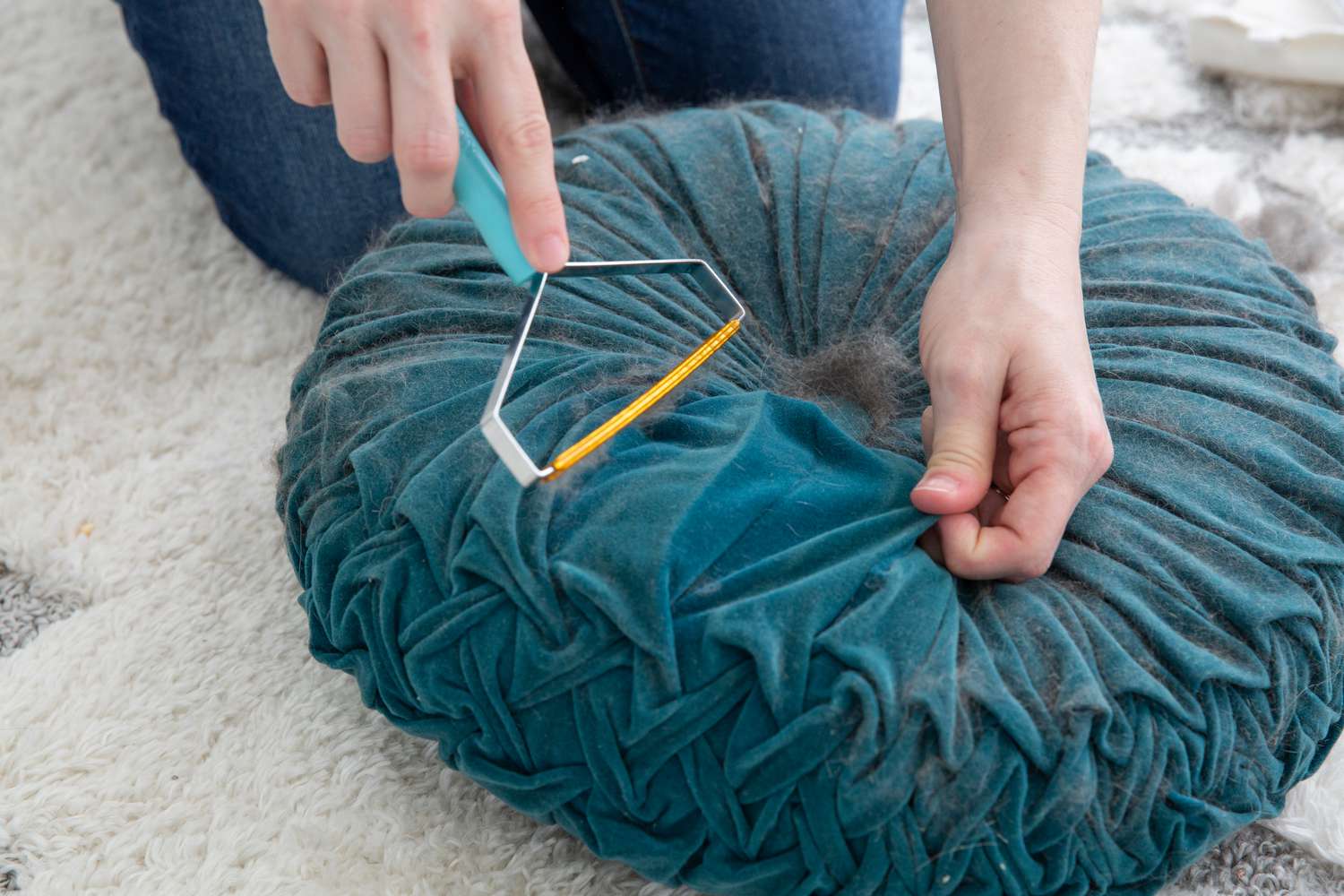
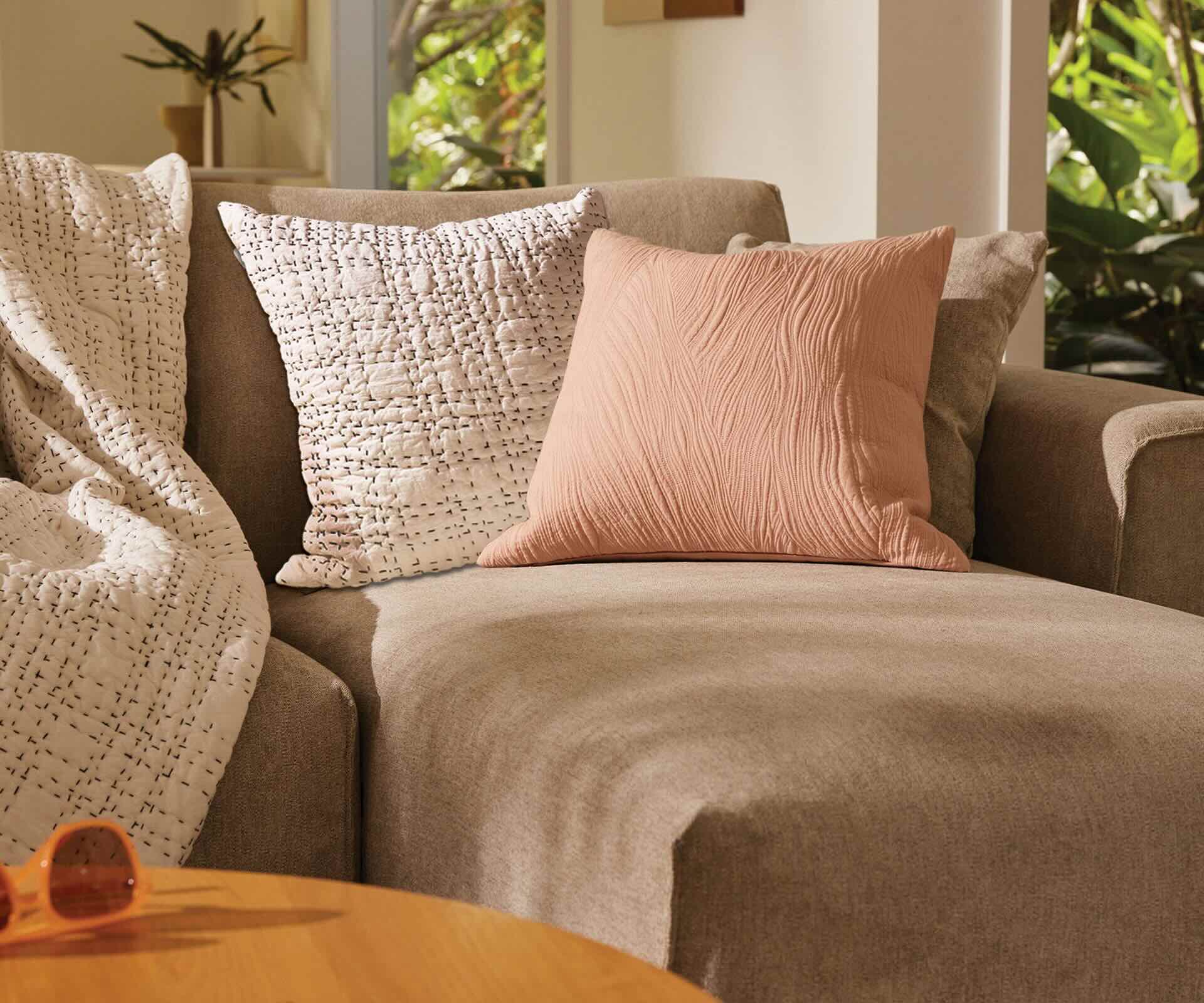
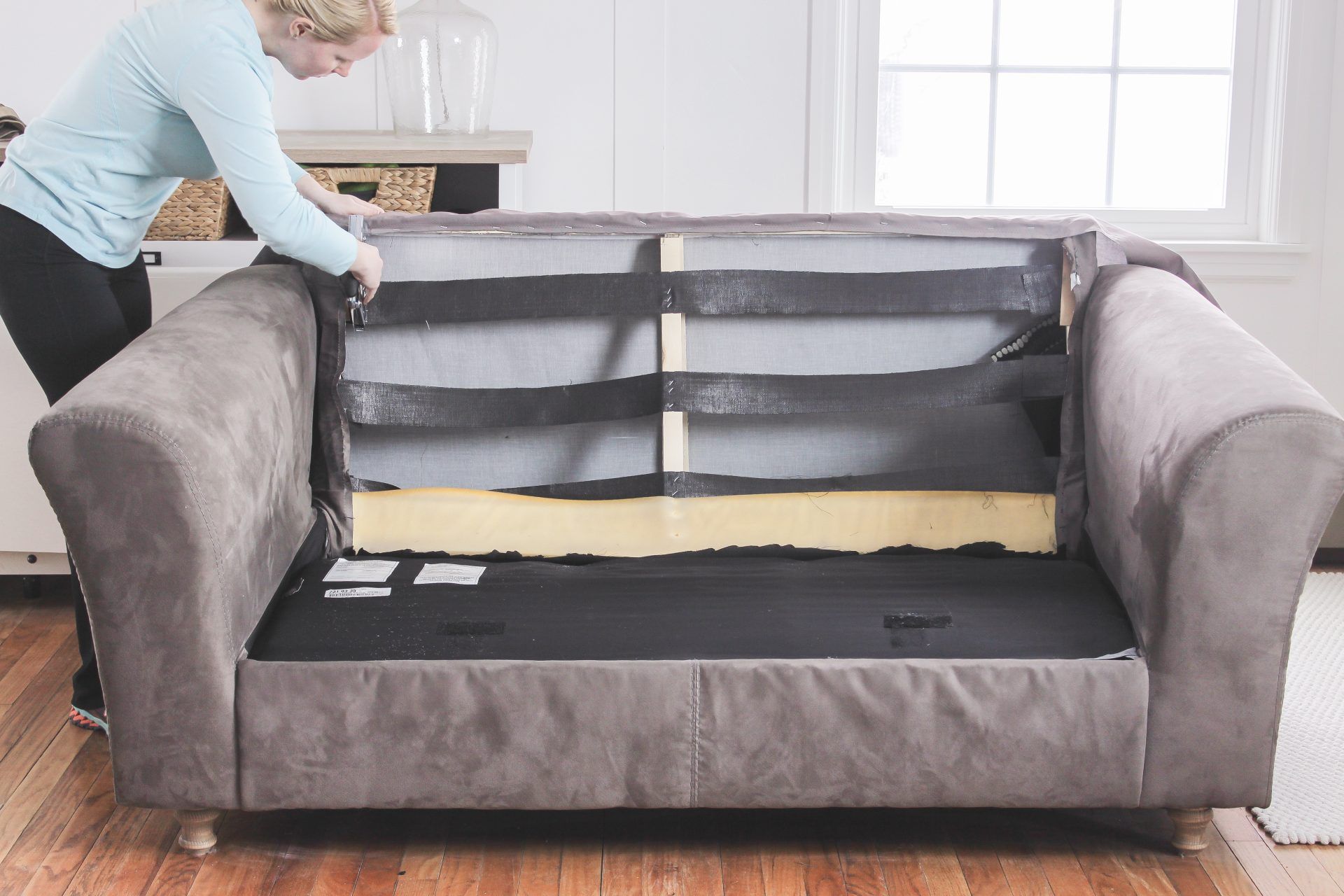
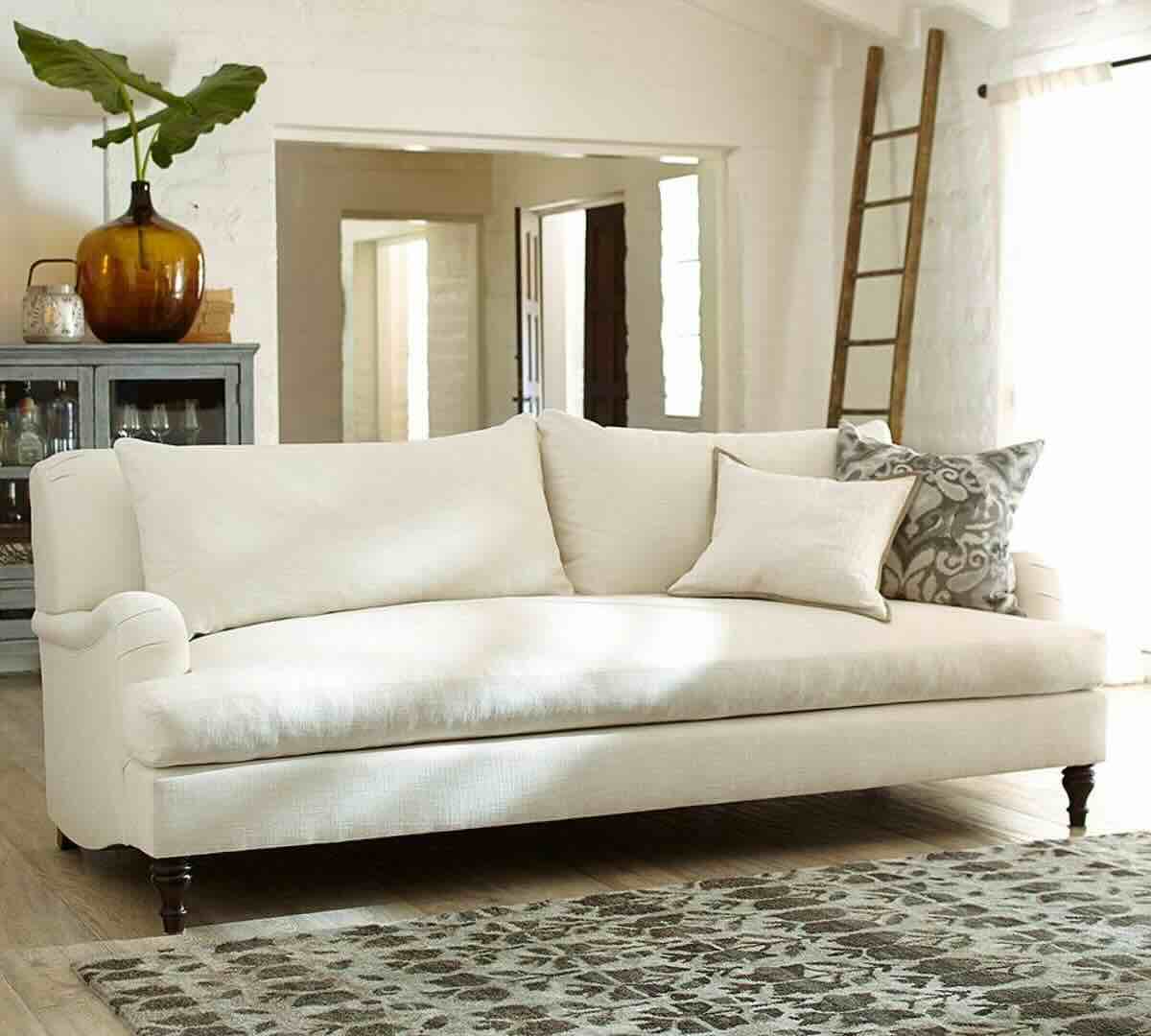
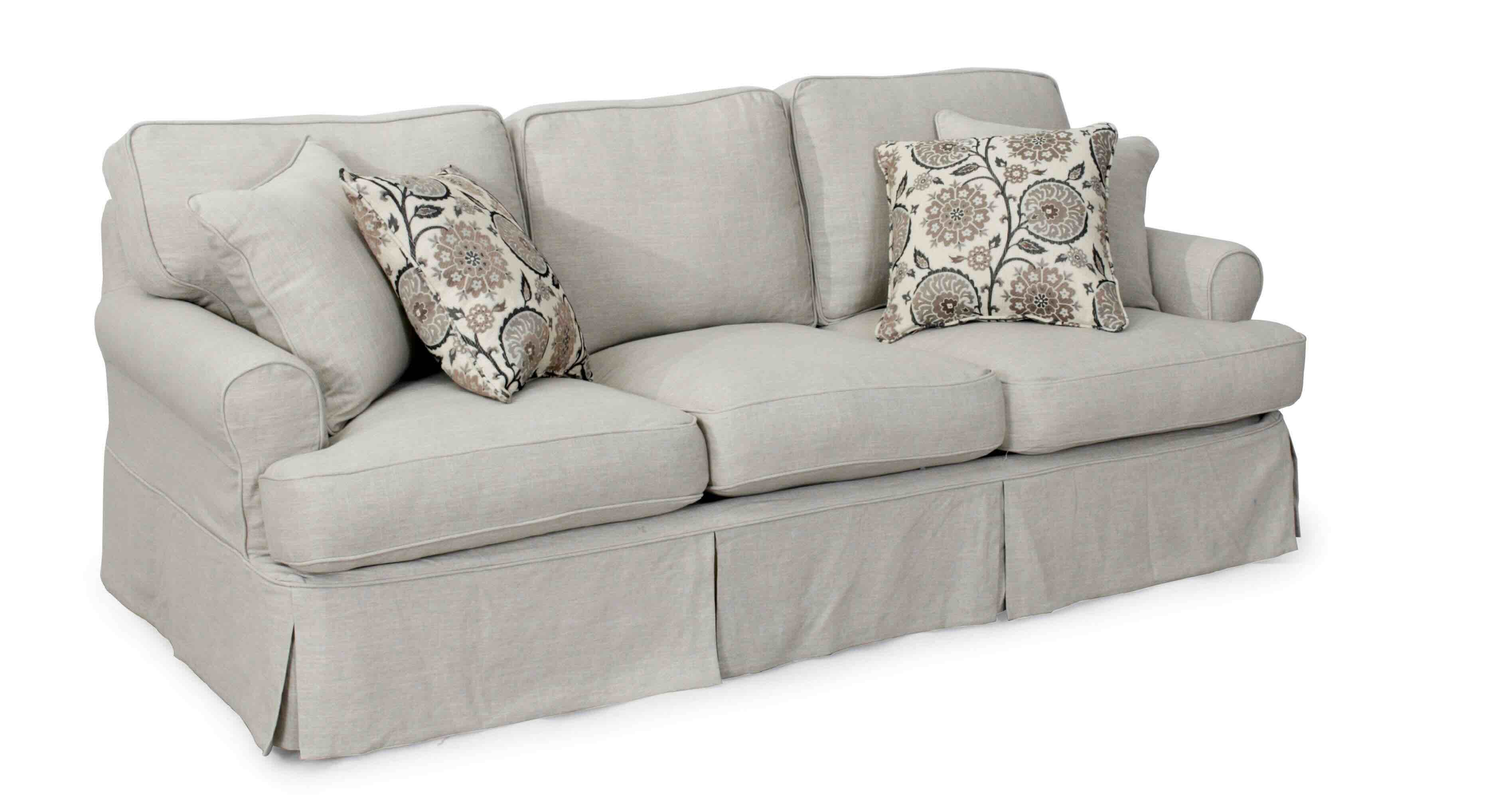
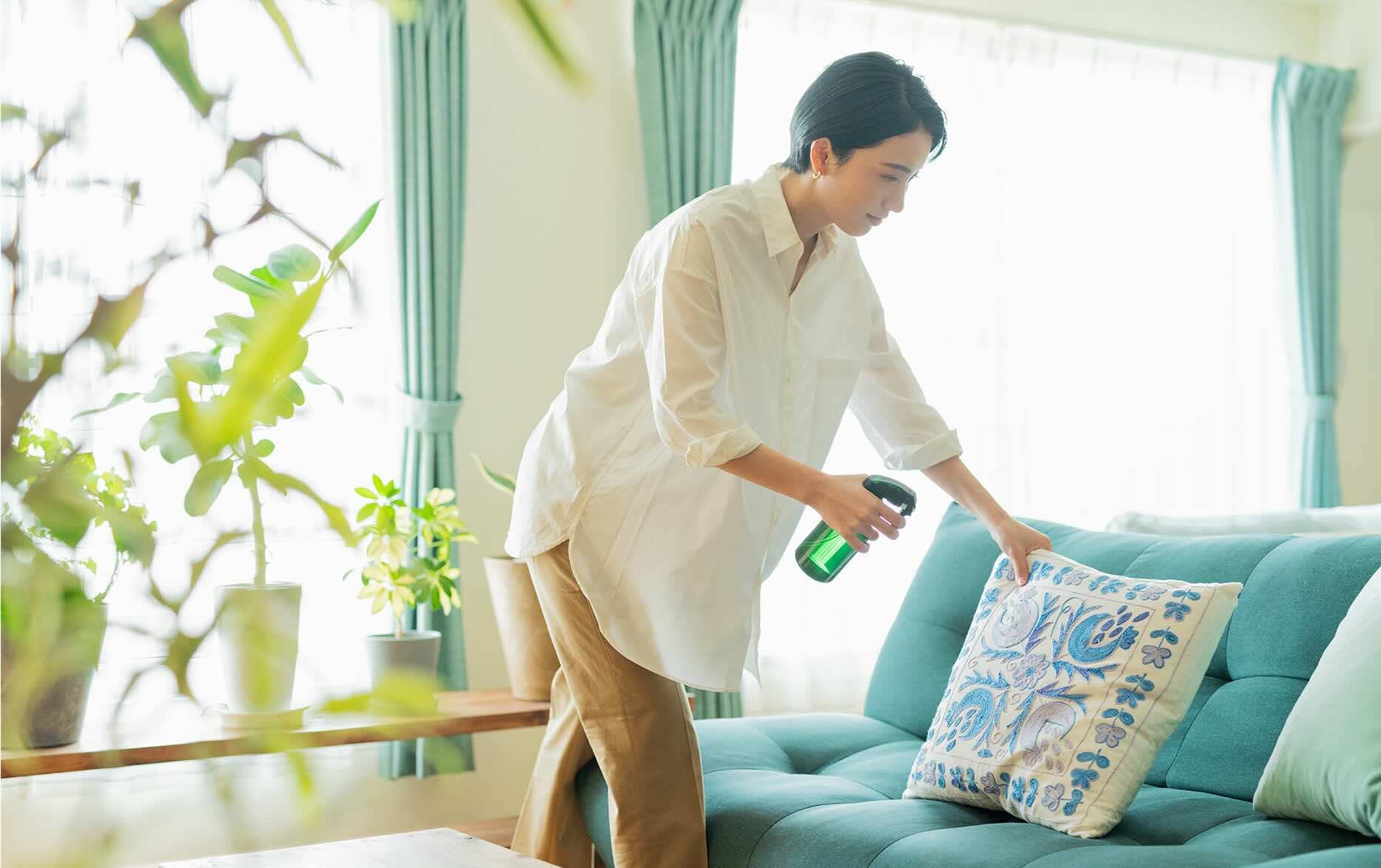
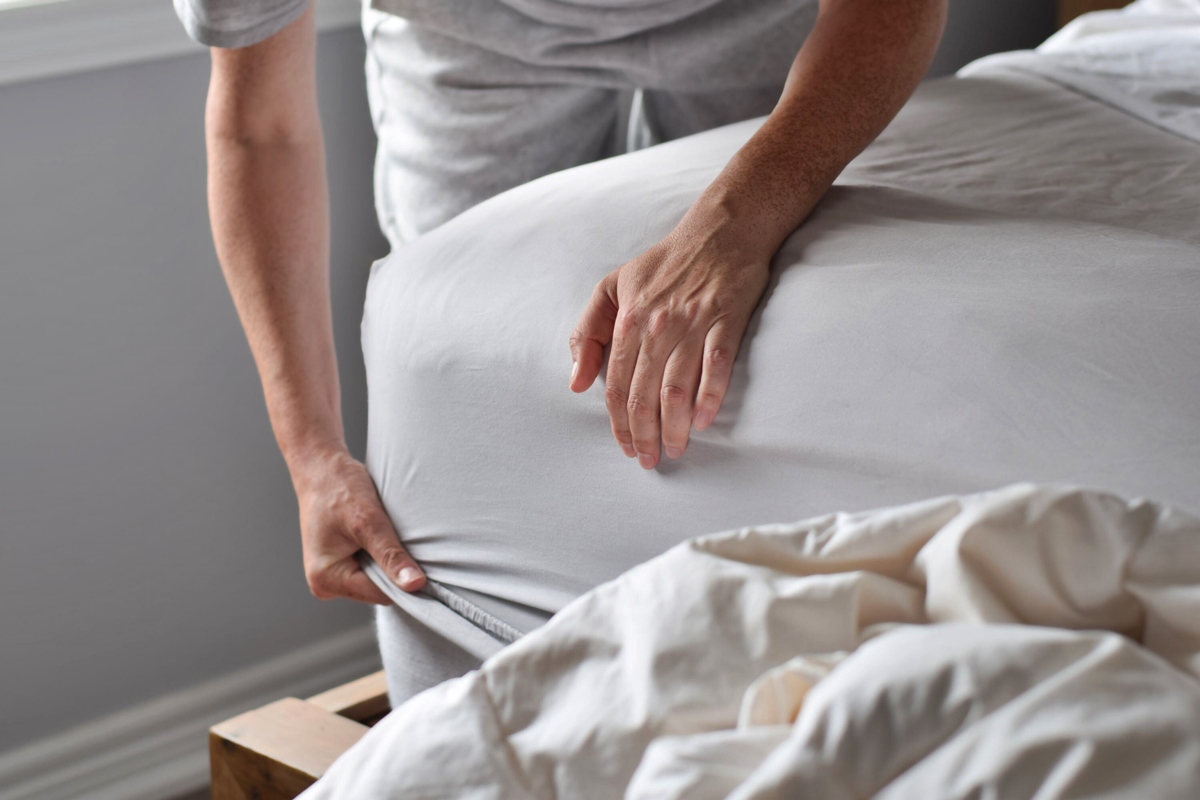
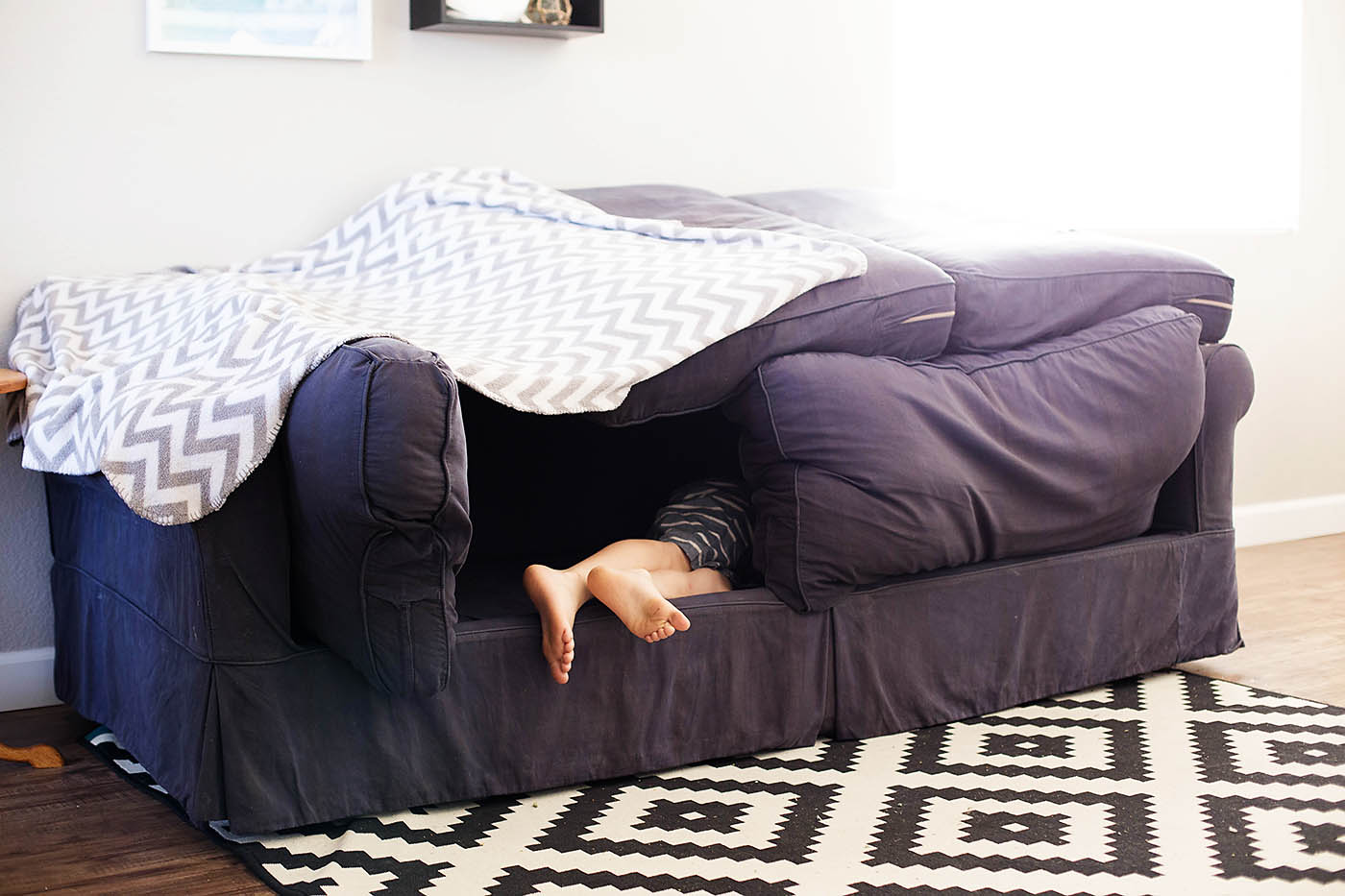
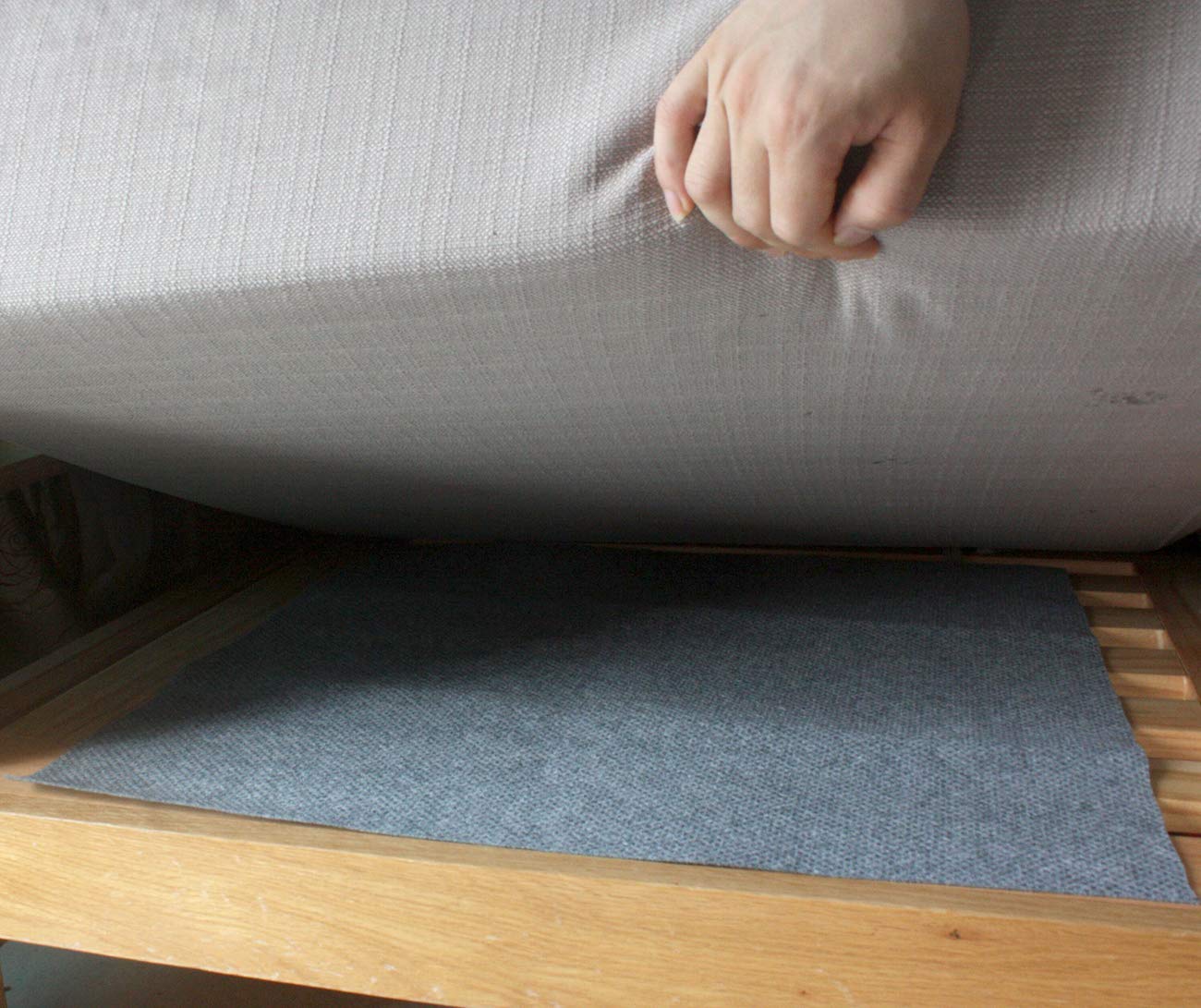
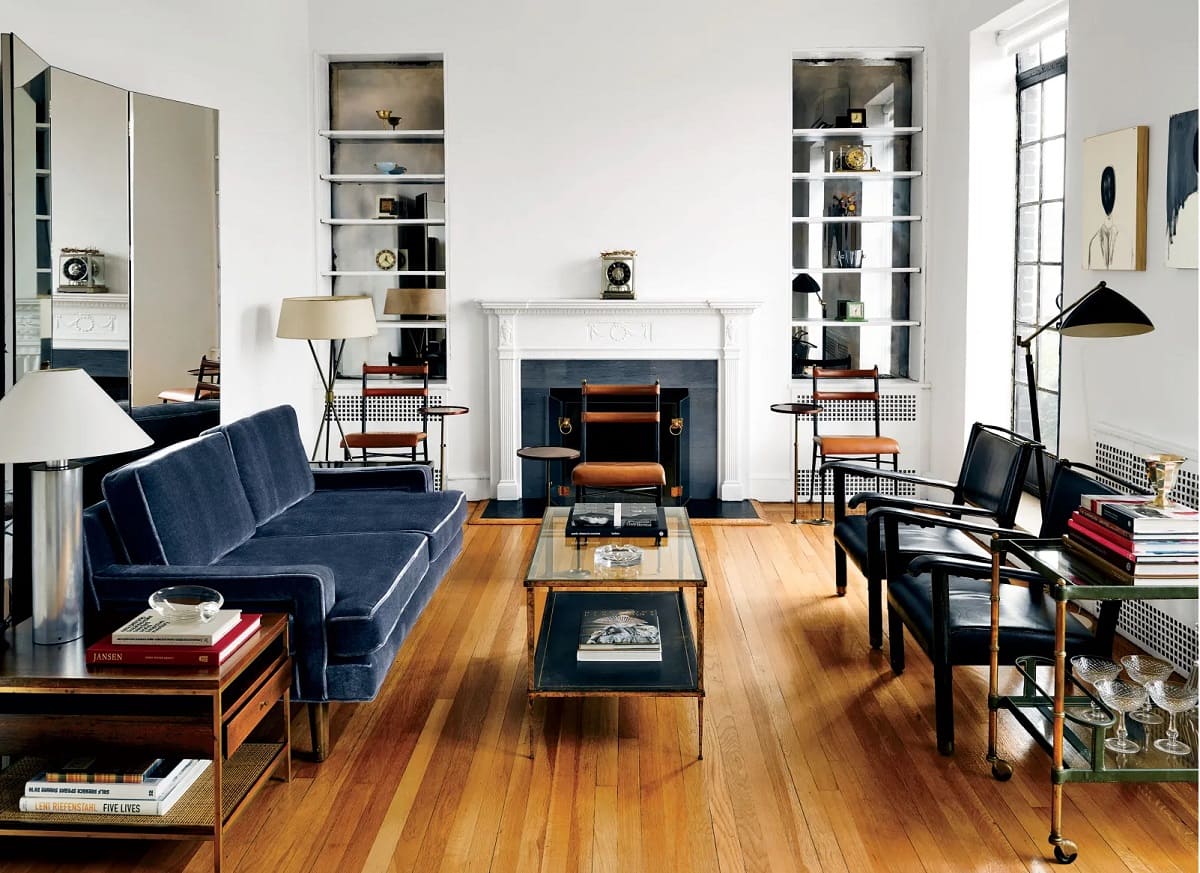


0 thoughts on “How To Keep Couch Cushions From Slipping”